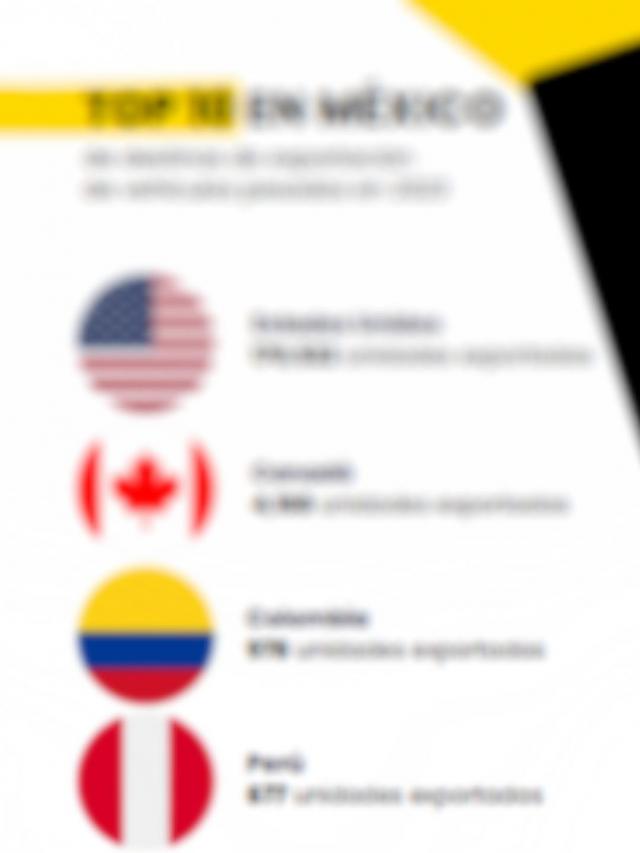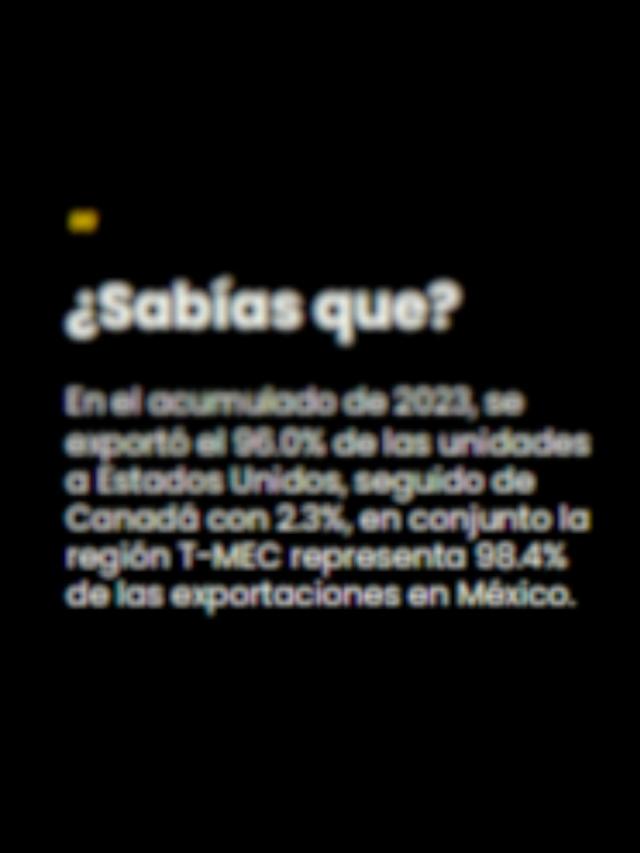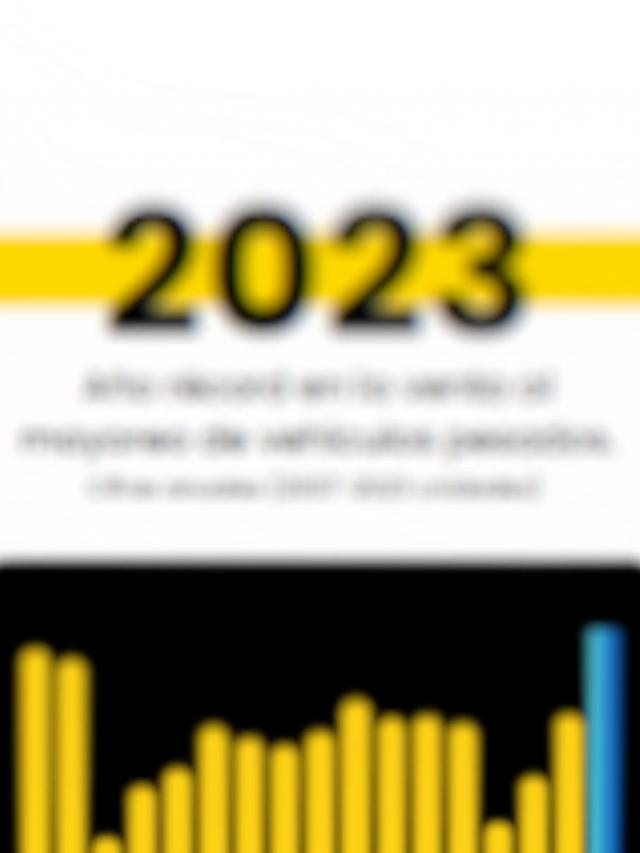
The Mexican Institute for Competitiveness (IMCO) considered that for the logistics and trade sectors in the country , investment in complementary infrastructure should be made in regions with high air cargo capacity , such as the State of Mexico, where the Felipe Ángeles International Airport (AIFA) is located , in order to take advantage of and strengthen Plan Mexico , which seeks to accelerate in the context of the United States tariff policy.
Thanks to this infrastructure and taking the Querétaro International Airport as an example, the state can consolidate itself as a strategic hub in central Mexico, attracting high-value supply chains through the development of distribution centers, industrial parks, and intelligent transportation systems, the agency emphasized during the presentation of the 2025 State Competitiveness Index (ICE) .
He also noted that it is necessary to develop a long-term regional infrastructure plan that identifies the logistical needs of each state and establishes roadmaps for the development of roads, railways and ports for their growth, following the example of the Nuevo León Mobility Master Plan and the California-Baja California Border Master Plan .
At the event, IMCO presented a series of proposals aimed at leveraging and strengthening Plan Mexico, based on the country’s division into Economic Corridors of Well-being , to adapt strategies according to the needs of each region.
Regarding security, IMCO proposed the permanent presence of state police forces at key logistics hubs , in addition to professionalizing and coordinating security forces with the private sector and the National Guard , in industrial areas with high crime rates.
In her participation, Valeria Moy , general director of IMCO, emphasized that while Plan Mexico represents a good strategy, it will not solve the economic and social challenges on its own. Therefore, she considered it essential that each state commit to improving its areas of opportunity and work together with the federal government and the private sector.
“I believe the State Competitiveness Index provides a great tool for states to take advantage of the ideas outlined in Plan Mexico, but if the states don’t work together with each other and the federal government, it will be very difficult for Plan Mexico to succeed,” he said.
ICE 2025 Results
The study evaluated each state based on 53 indicators distributed across six sub-indexes , providing a ranking that reflects the states that showed the most progress and those that lagged behind, with the goal of designing public policies that improve their competitiveness.
The ICE results showed Mexico City as the most competitive state in Mexico , followed by Baja California Sur, Nuevo León, and Jalisco. On the other hand, the states with the lowest levels of competitiveness were Chiapas, Guerrero, Oaxaca, and Michoacán.

Furthermore, the states’ performance in the study’s six sub-indexes revealed significant contrasts. Mexico City ranked highest in the sub-indexes for innovation and economy, infrastructure, society and environment, and political system and government.
Chiapas was the state that ranked last in infrastructure, labor market, and society and environment.
Baja California Sur topped the labor market sub-index; Coahuila led the law sub-index, while Colima was last. Guerrero ranked last in innovation and economy; while Michoacán received the lowest rating for political system and government.
Comment and follow us on X: @miroslavacs / @GrupoT21














